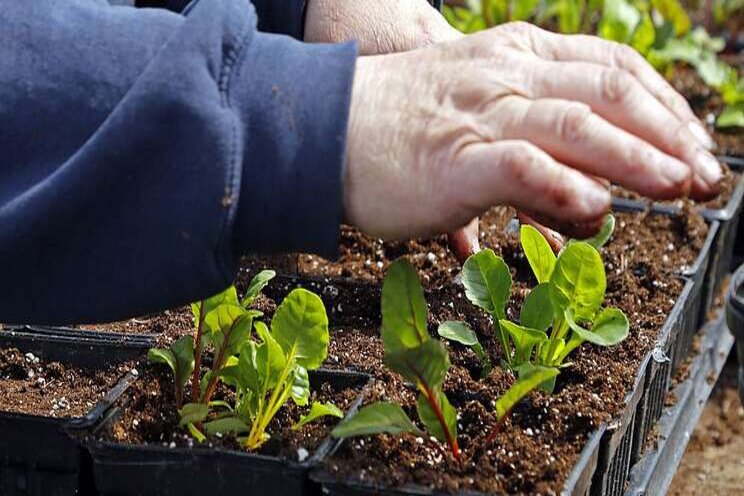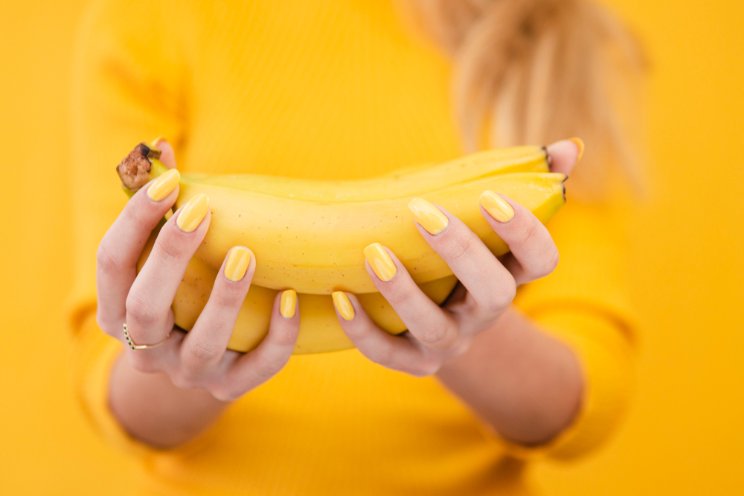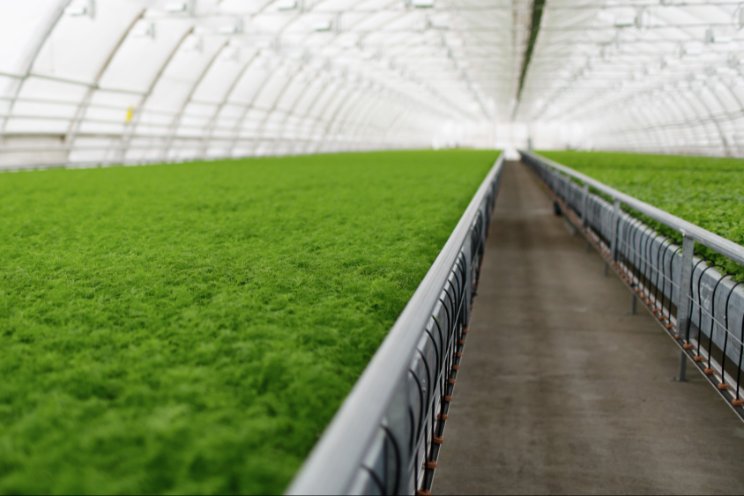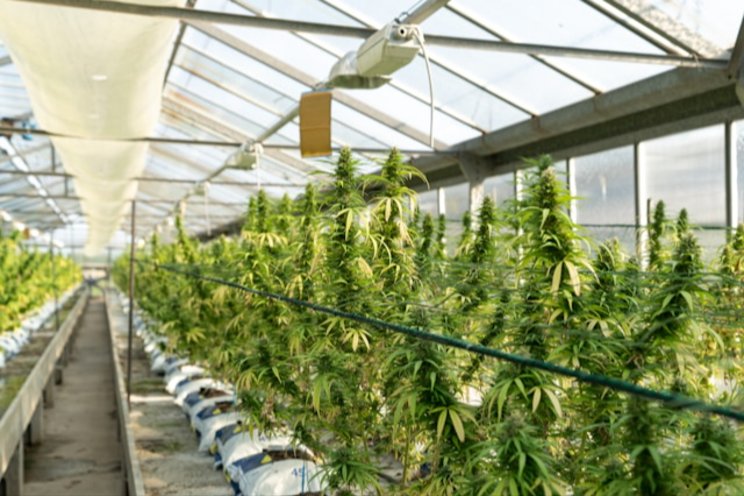City growing crops for Gleaners
Added on 26 May 2020

Rowland Cave-Browne-Cave, the city's parks and open spaces supervisor, said he's been involved with food programs elsewhere and Ascott and Koke have embraced the idea here.
"They took the challenge and ran with it and we've done an amazing job," said Cave-Browne-Cave.
Their last three harvests went to the Community Development Council of Quinte. Last year the council in turn gave Gleaners Food Bank more than 25 75-litre garbage bags of produce grown by city workers.
Cave-Browne-Cave said Gleaners, the area's largest food bank, will receive this year's harvest. The food bank warehouse has the required cold-storage capacity, he said.
He said the 2019 harvest was estimated to equal 10,500 meals at about $10 each and this year's should surpass that.
Gardeners grow the vegetables around the city in annual flower beds.
"We try to pick stuff that's the least susceptible to disease and insects," said Ascott, noting there's little time to tend them once planted.
Koke said they also aim for "aesthetically-pleasing" crops, including Swiss chard, kale and parsley.
Pumpkins, cabbage, beans, onions, peppers, tomatoes, basil and thyme are also underway.
Sometimes people pick the crops, they said.
"You just hope they need it," Koke said. Ascott added it's also hoped the plants aren't damaged during picking; doing it incorrectly can prevent further production.
Gleaners' public relations and fundraising coordinator, Sarah Kring, said the city project will "significantly help" the food bank's clients.
"We have tried to get the community to realize that we're about more than just cans," said Kring. Donations of fresh produce are always welcome when the food bank is open.
Gleaners' food hampers are intended to last for three to five days, she said, and donors of fresh food help clients to stretch that while also receiving "a bit more nutrition than what we usually give out." Gleaners has a garden but also buys fresh food.
"We encourage people to drop off fresh produce for us and to grow an extra row in their garden," she said.
"They are fairly inexpensive and easy to do."
Some people are already doing that, Kring added.
She said the food bank is so far managing relatively well during the coronavirus pandemic.
There are a few more new single clients and staff expect there may soon be more families needing help.
One major boost has come via Food Banks Canada and its provincial affiliate, Feed Ontario. The agencies are donating emergency food boxes.
"Our clients are getting more food than they would normally be allotted," Kring said.
There are also other ways to help. Cash donations are the most efficient: because of Gleaners' buying power with suppliers, every dollar donated amounts to $5 worth of food purchased.
And from June 1 to June 30, every dollar donated through the Canada Helps Giving Challenge gives Gleaners a chance to win $20,000. Visit tinyurl.com/chgive20 for details.
In the meantime, said Kring, staff are trying to reach more people in need.
"We're finding there are some people that don't want to use our services for a variety of reasons even though they need it," she said.
"We want to encourage those who need our help to seek us out."
Gleaners is not, however, accepting new volunteers during the pandemic. People are instead referred to Volunteer and Information Quinte (viq.ca or 613-969-8862) for other opportunities.
For more information on Gleaners, visit gleanersfoodbank.ca or call 613-962-9043.
Source: The Intelligencer
Photo Credit: LUKE HENDRY, The Intelligencer
Source: Goedemorgen
More news















